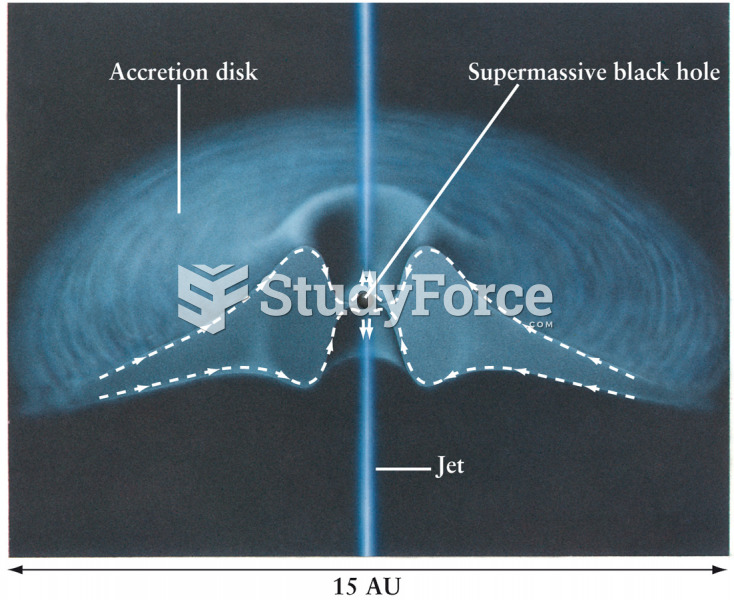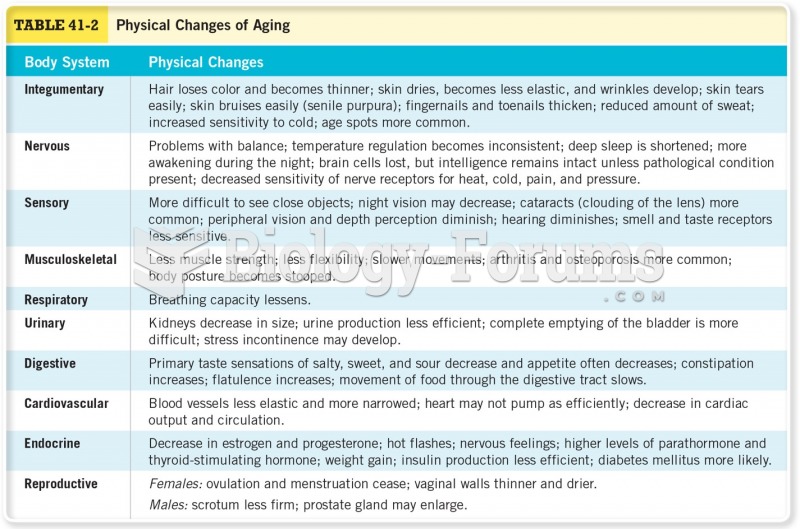Answer to Question 1
Muscles depleted of glycogen have greater insulin sensitivity, which enhances glucose uptake and promotes glycogen synthesis. Thus, eating high-carbohydrate foods after physical activity also enlarges glycogen stores. To accelerate the rate of glycogen storage, train normally; then, within two hours after physical activity, consume a high-carbohydrate meal, such as a glass of orange juice and some graham crackers, toast, or cereal. After 2 hours, the rate of glycogen storage declines by almost half. This strategy is especially important to athletes who train hard more than once per day.
Answer to Question 2
The body stores far less glycogen than fat. How long a person's glycogen will last during physical activity depends not only on diet but also on the intensity of the activity.
Moderate-intensity activities such as easy jogging use glycogen slowly. The lungs and circulatory system have no trouble keeping up with the muscles' need for oxygen. The individual breathes easily, and the heart beats steadilythe activity is aerobic. The muscles derive their energy from both glucose and fatty acids. By depending partly on fatty acids, moderate aerobic activity conserves glycogen stores. Joggers still use glycogen, however, and eventually they can run out of it.
Intense activitiesthe kind that make it difficult to catch your breath, such as a quarter-mile raceuse glycogen quickly. Muscles must begin to rely more heavily on glucose, which can be partially broken down by anaerobic metabolism. Thus, the muscles begin drawing more heavily on their limited glycogen supply. Anaerobic breakdown of glycogen yields energy to muscle tissue when energy demands outstrip the body's ability to provide energy aerobically, but it does so by spending the muscles' glycogen reserves.







